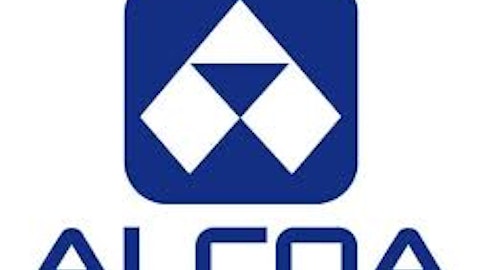India is suffering from rising oil import bills, which has put a huge strain on the Indian economy. It’s well known that India imports nearly 80% of its need for petroleum products and this import demand is likely to increase in the coming years. Because of this Prime Minister Singh is championing the need to develop electric and hybrid vehicles to ease the oil needs of the transport sector. I find this assertion rich, no matter how true, coming from a man that presides over a national electrical grid so fragile it spectacularly failed all last summer. So, while there is a need to adopt a transportation sector that is more diversified, how that is possible without a major overhaul of the fuel and electricity markets across the entire country is a serious question.

The National Mission for Electric Mobility (NMEM) was recently launched by Indian Prime Minister. The purpose of this mission is national energy security, mitigation of the effect of vehicles on the environment and growth of domestic manufacturing capacities. The government is billing the NMEM as an important step in improving the future of the Indian economy. For investors this means that the NMEM will have a large impact on where government funds will flow over the next few years.
I would look for Toyota Motor Corporation (NYSE:TM) to make a big push for market share over time for lower-cost hybrids into this market as it did not, like Honda and Suzuki, invest heavily in the unsustainable diesel boom. India is a market that Toyota is targeting for expansion and the NMEM is a perfect opportunity for it to achieve its goal of generating 10% of its total revenue from India by the end of the decade versus the ~1% the country generates now.
India’s oil imports rose 40% to a record $140 billion in 2011-12, which was not at all helped by a 20% devaluation of the Rupee but so much of that is due to an unsustainable subsidization of fuel use created by a budget-destroying subsidy of diesel fuel. The government has tried to mask its inflation numbers and keep afloat its GDP growth rates by absorbing the expanding demand for oil by running deficits. This scheme finally blew up on them in 2012 and now in 2013 finally has to bow to the economic reality that when you subsidize something you get more of it.
According to a recent statement by India’s Petroleum and Natural Gas Minister, S Jaipal Reddy, a sustained $10 increase in oil prices will lead to a 1.5% decline in the GDP of developing countries. This is readily apparent in India’s GDP growth of 6.9% in 2012 versus more than 8% in 2011. But, again, saying it this way gets it backwards. Closing the budget deficit and strengthening the Rupee, not by instituting capital controls and raising import taxes on gold, but by sound economic policies and political sanity will offset a rising dollar price for a barrel of oil.
Between 2010-11 and 2011-12, India- the world’s fourth largest oil importer experienced its average cost of imported crude oil increasing by $27 per barrel capitulating India’s oil import bill to surge from $100 billion to $140 billion dollars. I am very bullish on oil in dollar terms and expect to see United States Brent Oil Fund, LP (NYSEARCA:BNO) continue to get a strong bid because of monetary inflation happening around the world as the currency wars heat up. This effect along with growth in Southeast Asia should offset any weakness or stagnation emanating from the U.S. and Europe. After the latest move by the Royal Bank of India to ease mildly, the Rupee looks like it is headed for a 2-4% appreciation as traders had factored in a much stronger move by the RBI. This will keep a bid from India under oil demand.
The PM’s initiatives and desire to diversify India’s vehicle fleet will be assisted with the coming on-line of 3 major Nuclear Power Plants, the first of which comes on line early in 2013, adding a much-needed 2000MW to the grid. Another 2800MW are scheduled to be in place by 2016.
With the scrapping of the diesel subsidy, which will be phased in over the course of the year, which will do a lot to stabilize the rupee, and the coming relief to the electrical grid, India’s economy should hold its ground as long as the central bank continues to hold the cost of capital, i.e. interest rates, high. I still like the WisdomTree India Earnings Fund (NYSEMKT: EPI) to play India long-term for U.S. investors. A strengthening Rupee thanks to sanity returning to the fuel market should almost be enough for Indian equities to experience only a mild pullback in Q1 after their massive rally in the second half of 2012. What I like most about EPI is that the top 3 holdings by % of AUM are not banks. They are large-cap producers which have been laggards up until recently and all have bullish outlooks for 2013 and into 2014.
The article India Continues Overhauling its Energy Economy originally appeared on Fool.com and is written by Peter Pham.
Copyright © 1995 – 2013 The Motley Fool, LLC. All rights reserved. The Motley Fool has a disclosure policy.



